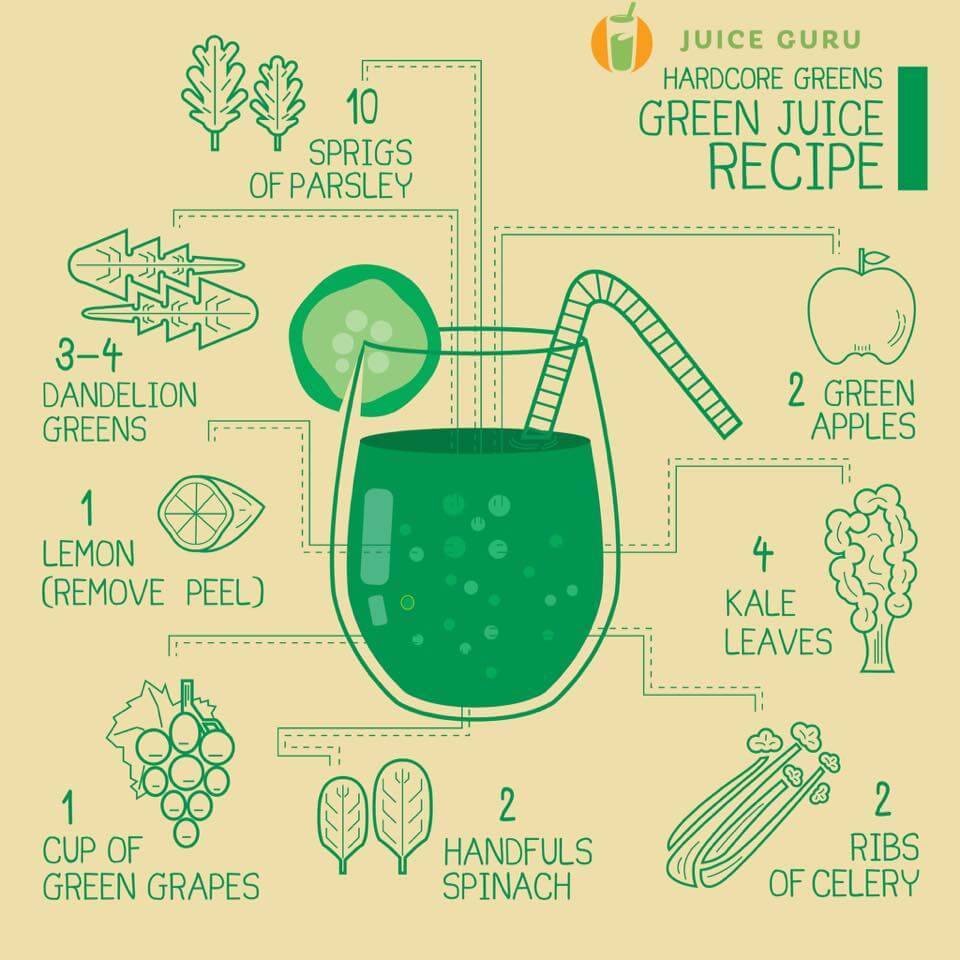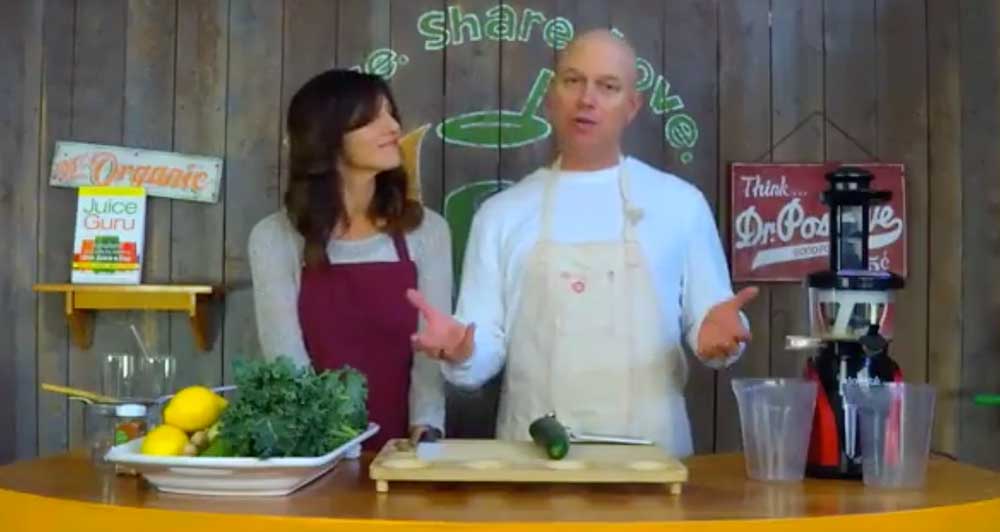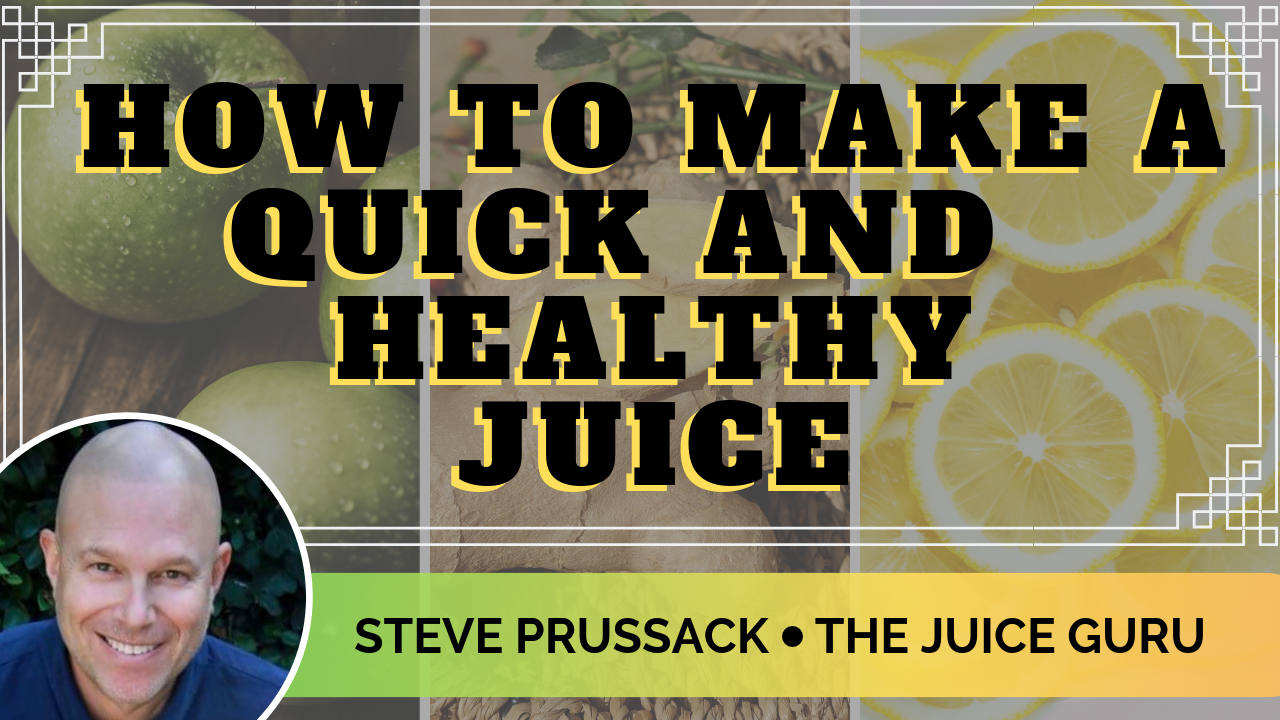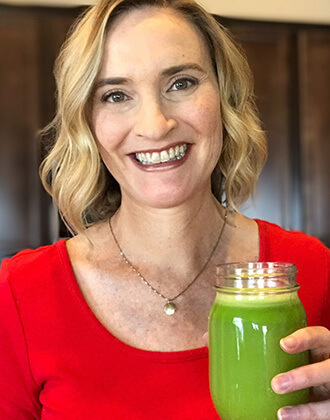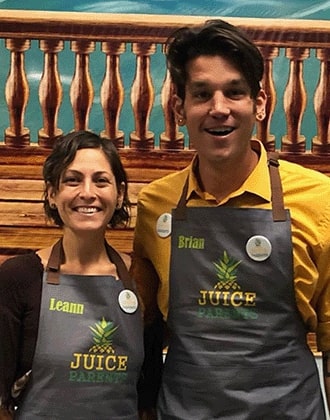The world of nutritious fruits, veggies, herbs, and superfoods is vast. And juices can vary significantly in ingredients, taste, and nutrition profile. How to make a juice … even the perfect juice … shouldn’t be a mystery. The best way to approach the practice of juicing is to understand the basics.
And it’s as easy as 1 … 2 … 3 …. 4. STEPS 1-4, that is, as we detail below.
NOTE: The amount of each ingredient you use in your juice should match the step number in descending order. In other words, use the LARGEST quantity of the ingredients featured in step 1 and the SMALLEST quantity of the ingredients discussed in step 4.
Step 1: Choose your base
The majority of your juice will come from the fruits and veggies that comprise the “base” of the juice. These are those ingredients that yield the most juice.
Some of the most common “base” ingredients include:
- Cucumber (which has a very mellow and refreshing flavor)
- Celery (which has natural sodium and adds a fabulous salty flavor)
- Apple (for those of you who love your sweets)
- Pears (also on the sweeter side – mixes well with apples)
- Carrots (also on the sweeter side)
If you’re craving fruit juice, then juicy fruits like melons, pineapples, and grapes can also serve as the sole ingredient in your juice, or as a base.
Step 2: Add your leafy greens
At Juice Guru, we recommend that you drink green juice every day. And with as much of the “leafy green stuff” in it as possible. Just how much you use will depend upon your taste, your stage in juicing, and which greens you use.
First, some ground rules.
As with everything, we recommend that you rotate the greens you use so you end up with a good variety in your week’s juices (for the most varied nutrition). Also, you’ll need to be careful of which greens you’re using … some can be overdone and kill your juice, while others can be used in vast quantities, with little impact on taste.
It’s important to note that greens can be added to EVERY juice, even the sweetest ones. Just take care to add the right leafy if the taste is what’s most important in your particular juice. Here are some guidelines.
Greens to use with reckless abandon (because of their mellow flavor) include:
- Spinach
- Chard
- Romaine (and other) lettuces
Greens to use in smaller amounts (because of their bitter flavor or other concerns) include:
- Dandelion greens (EXCELLENT nutrition, but VERY bitter)
- Collard greens (Also excellent but bitter)
- Kale (for those with thyroid issues, we recommend limiting or staying away from kale)
Step 3: Add other nutritious fruits and veggies
EVERY juiceable fruit and vegetable has its own unique benefits and can be part of your juicing practice. But some produce yield less juice. Some can be overpowering in flavor. And some can be overwhelming in effect.
Here’s a guide to some of the most popular additional juicy fruits and veggies.
- Broccoli (VERY nutritious, but can be overpowering. Use one large stalk and use the leafy heads for cooking and salads)
- Beets (Highly nutritious, but so detoxifying that too much can make you feel sick. We recommend no more than ½ a beet per large cold-pressed juice.)
- Berries and grapes (You can’t use enough of these in your juice. Blueberry and concord grape juice, for example, have been scientifically proven to have extraordinary benefits for memory. And they’re low-glycemic. But they just don’t yield a lot of juice. So, they qualify as an add-on.)
- Red bell peppers (A great splash of nutrition and color to your rainbow juice. Its spicy flavor qualifies this veggie as an add-on.)
Step 4: Add your flavor enhancers and boosts
Use as many of the items in this category as you’d like for good flavor or an extra boost, but greatly limit the amount you use, as they can easily overpower your juice.
Juice Guru rule of thumb for flavor enhancers and boosts: Start with a small amount. You can ALWAYS add more. But you can’t take it away once you’ve added too much.
- Herbs such as cilantro and basil and parsley (herbs are great for flavor. Parsley is an EXCELLENT source of nutrients, but can be very overpowering if you use too much)
- Ginger (½ – 1 inch is all you need)
- Tumeric (same)
- Reishi ginseng maca, etc.
- lemon/lime (brings out the flavor of any juice combo. Use approx one per juice.)
- Jalapeno or cayenne pepper (Use sparingly to taste.)
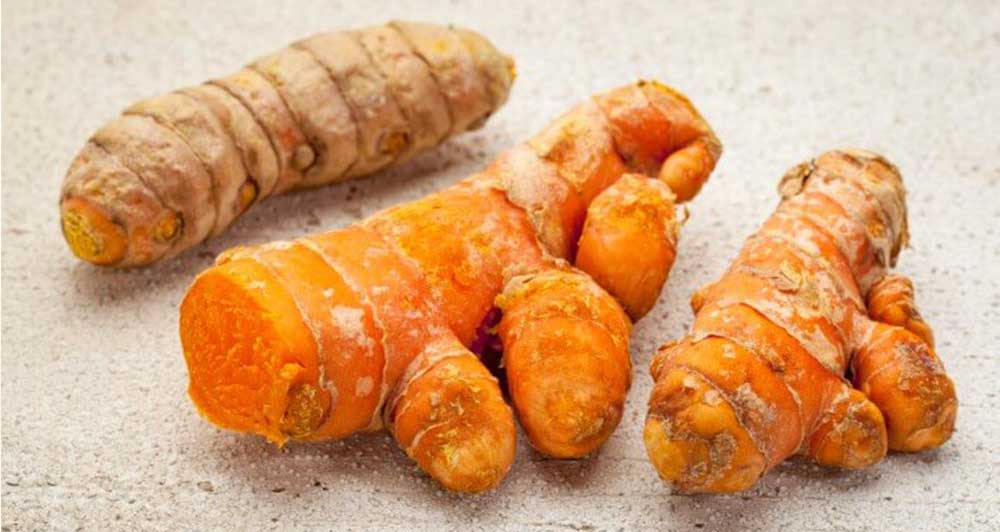
So, now that you know the perfect juice formula, you can create any juice recipe like a pro. Get creative … get juicy.
